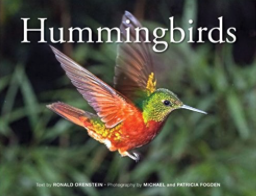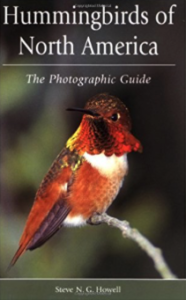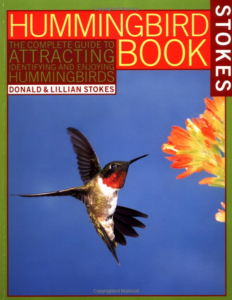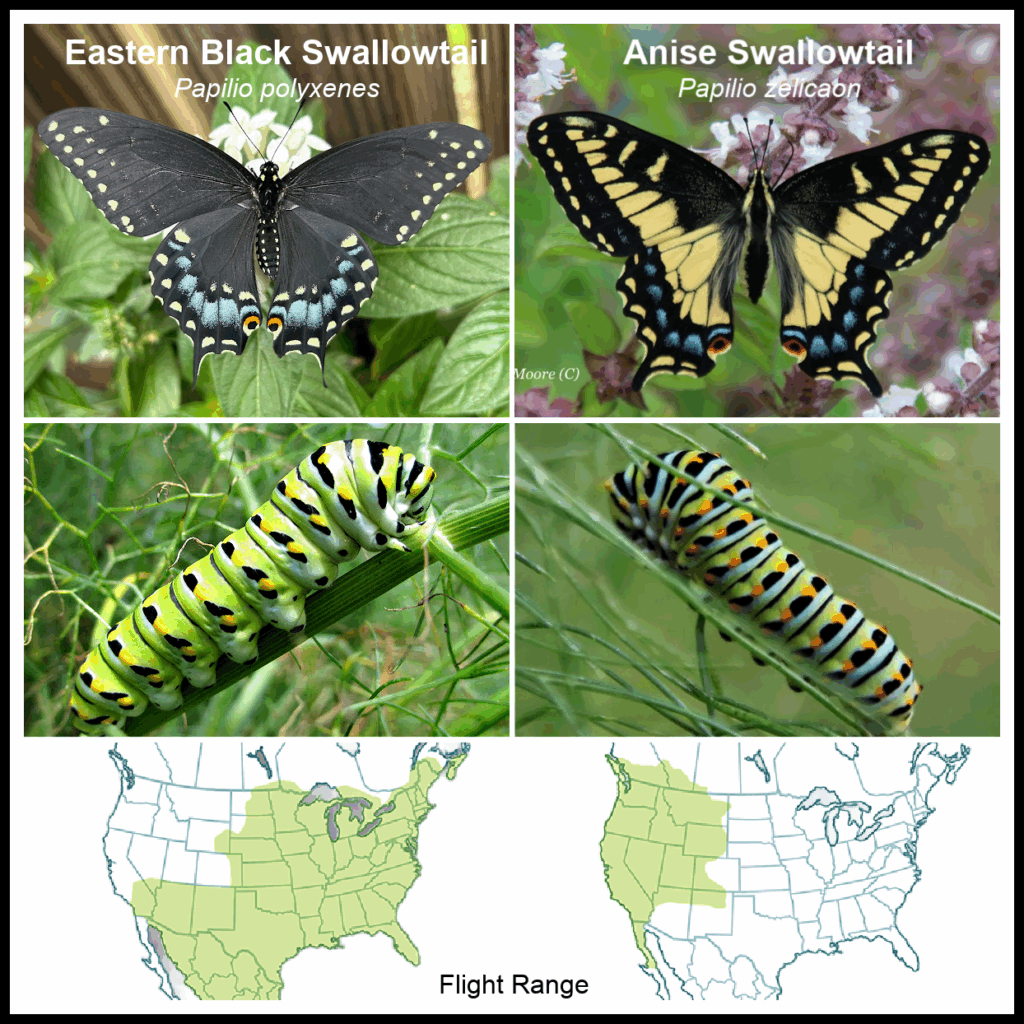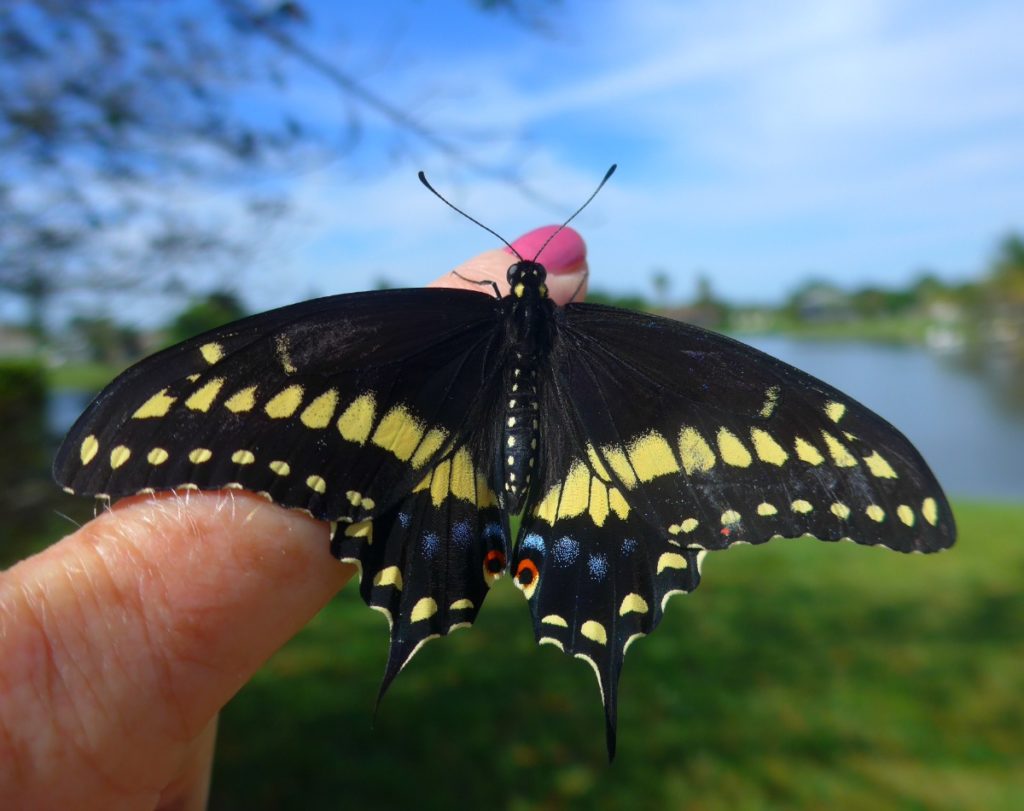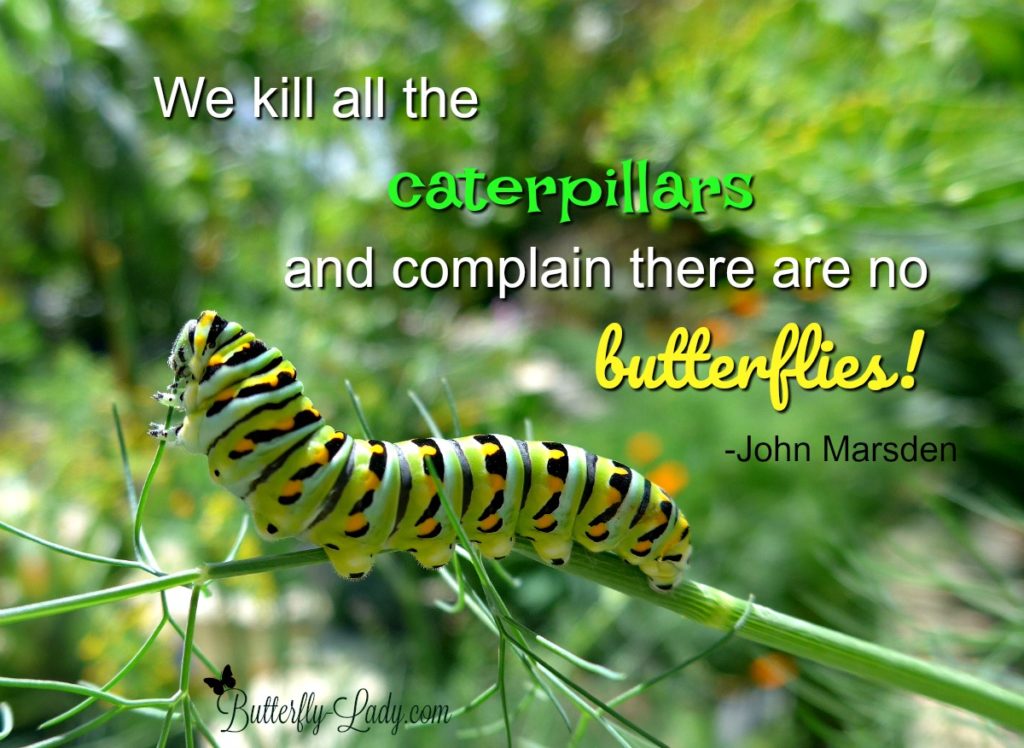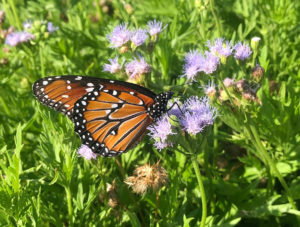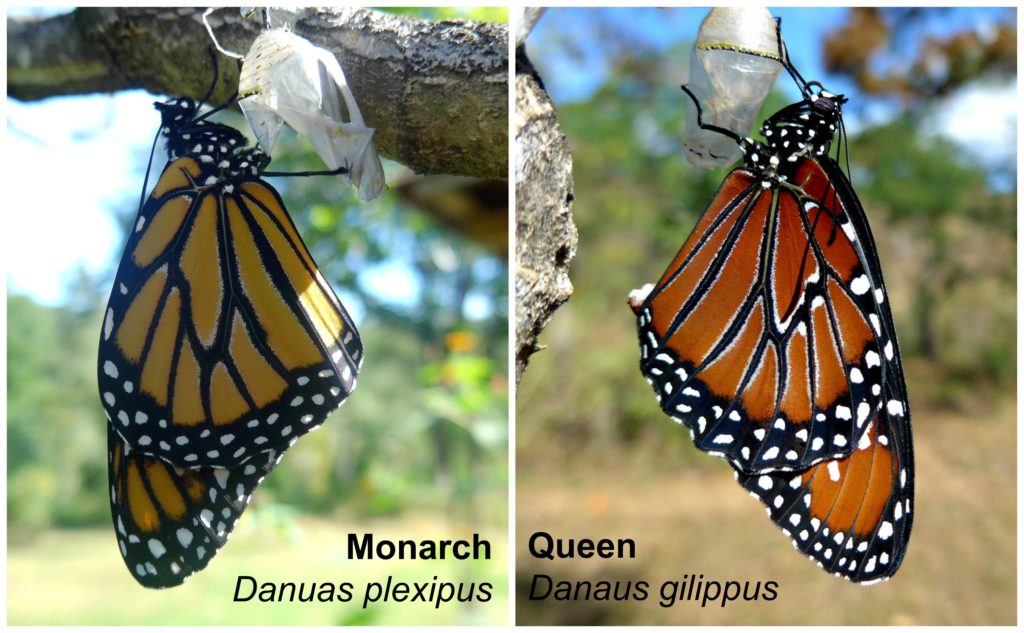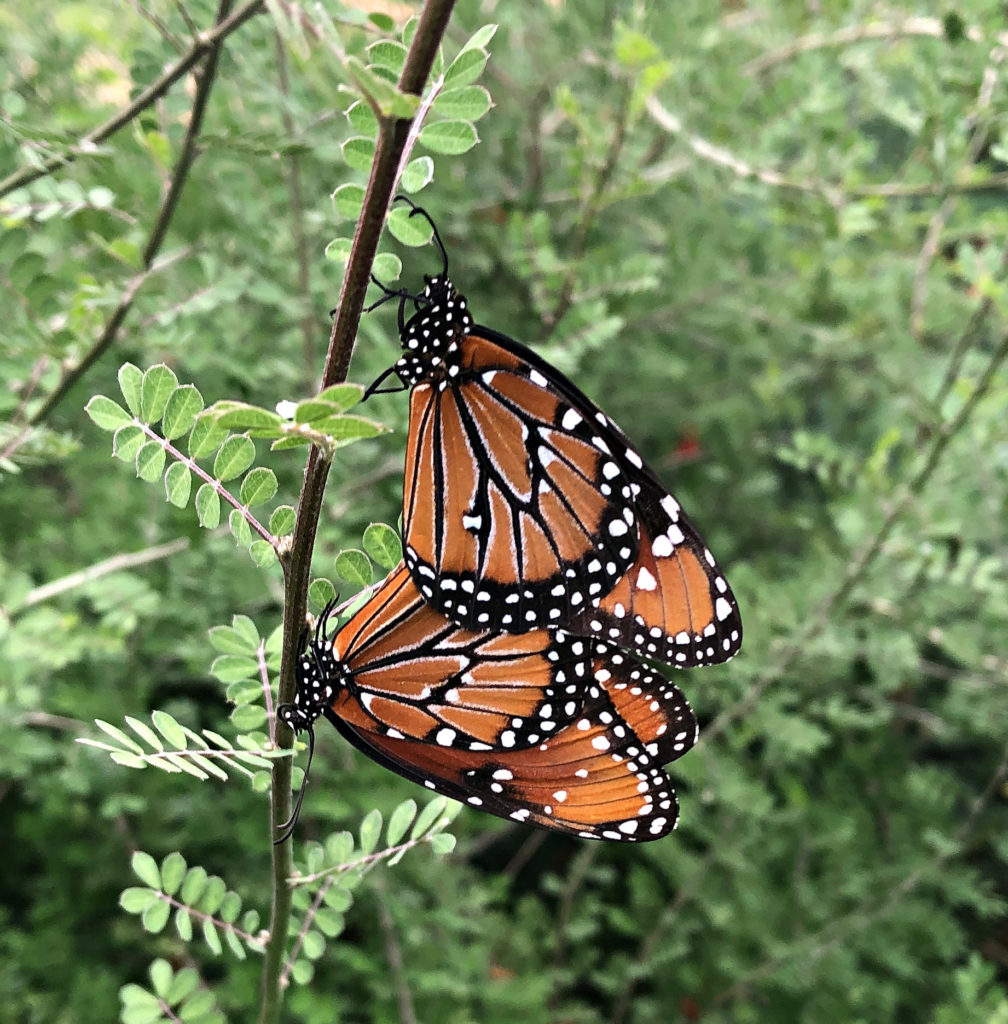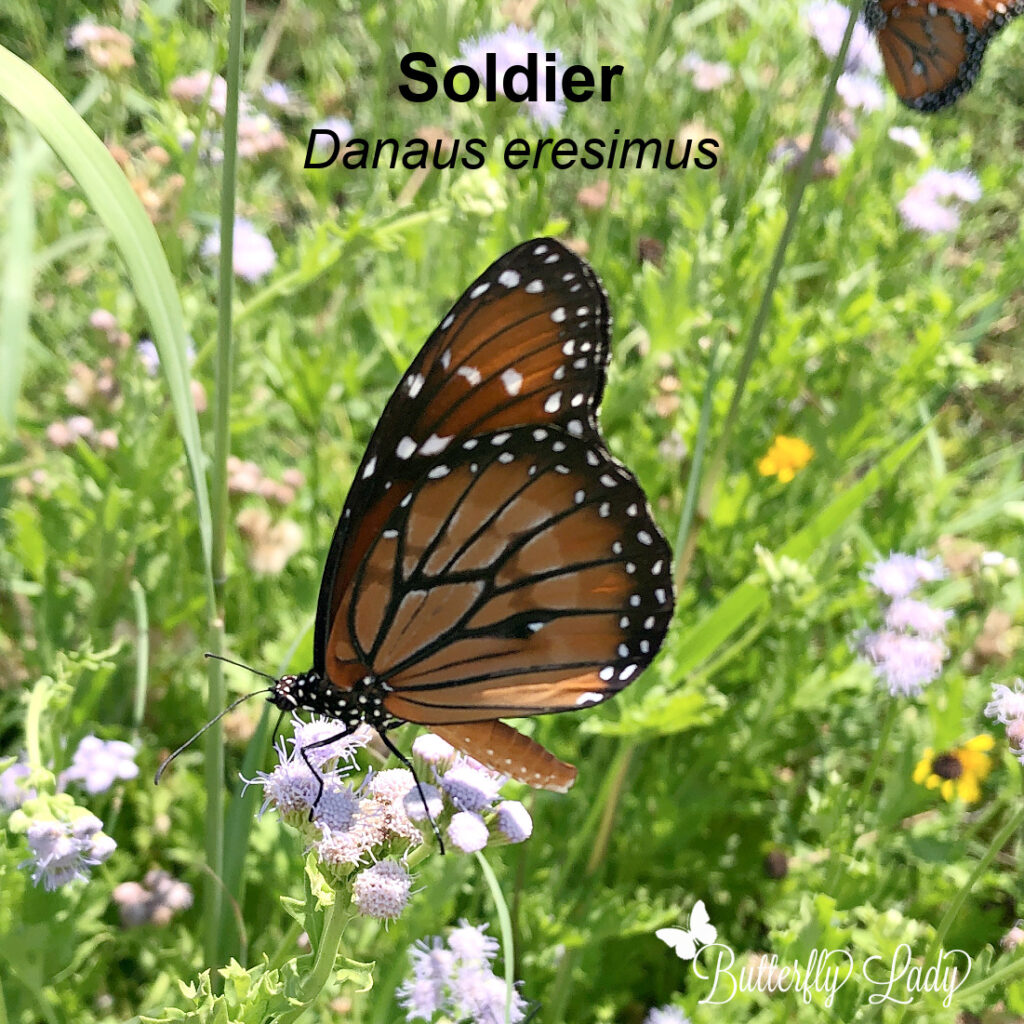Most people are well aware that Monarch butterflies (Danaus plexippus) migrate to and from Mexico. But they are not the only migrants. Hummingbirds also travel to and from Mexico and Central America.

Many hummingbirds migrate north to their breeding grounds in the southern United States as early as February, and to areas further north later in the spring.


You can help support your local hummingbirds by planting flowers that have high nectar content. Hummingbirds are especially attracted to tubular flowers such as Coral Honeysuckle, Fushia, Daylilies, Bee Balm, Cardinal Flowers, Salvias, and Petunias. They are also attracted to Coral Bells, Larkspur, Columbines, Coneflowers, and Lantanas. Notice that many of these flowers also attract butterflies!
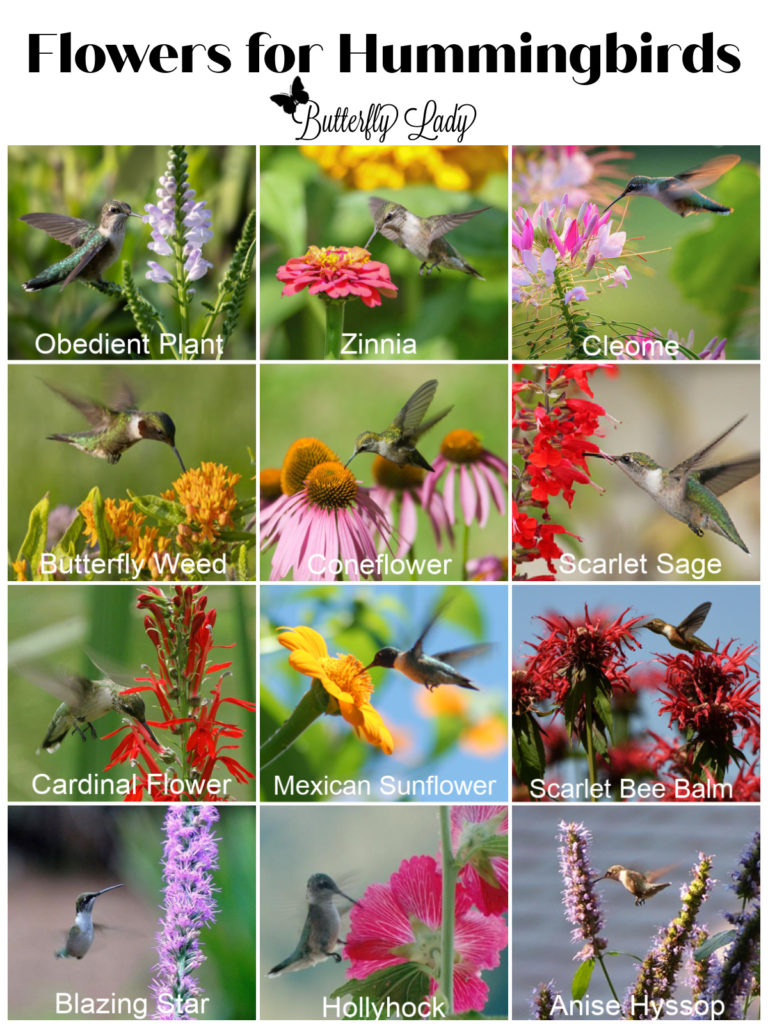
Hanging a basket with overripe fruit or banana peels close to a hummingbird feeder will attract fruit flies and other nutritious soft-bodied insects which hummingbirds eat. It’s exciting to watch hummingbirds darting about chasing down these tiny flying insects.

You can also help hummingbirds by putting out several Hummingbird feeders. Hummingbirds tend to be very territorial and do not like to share. Make sugar water mixtures with about one-quarter cup of sugar per cup of water. Food coloring is unnecessary; table sugar is the best choice. Change the water before it grows cloudy or discolored and remember that during hot weather, sugar water ferments rapidly to produce toxic alcohol.

Keeping your feeders clean and hygienic is a vital aspect of feeding the birds. Not only are hummers more likely to imbibe from a clean feeding station, but it’s healthier for them as well. Most hummingbirds would rather go without food than drink nectar that has gone bad, so it’s important to keep your feeder clean if you want to continue enjoying their visits.
If ants are a problem, use an ant guard to keep them off of the feeder. It is not recommended to place petroleum jelly or oil on the poles.

Hummingbirds like to bathe frequently — even in the pools of droplets that collect on leaves. Provide your yard with a constant source of water from a drip fountain attachment or a fine misting device. A misting device is an especially attractive water source for hummingbirds.
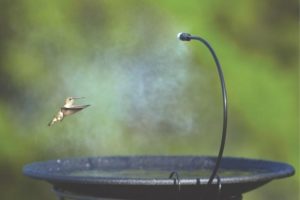
Hummingbirds also need fluff and spider webs for their nest. They use fluff from seeds (and our dryer vents!) to build their nests. They then use spider webs to hold them together. Leave spider webs in your yard to help them find material to build their nests. Plant flowers that have fluffy seeds like milkweed (or leave some dandelions go to seed!) You can encourage them to nest in your area by providing nesting material with which to line their nest. This soft, cotton material comes with a mesh hanger so you can offer it near your nectar feeder.

Help track hummingbirds as they travel to and from their wintering grounds by becoming a citizen scientist and reporting hummingbird sightings at Audobon Hummingbirds Home or at Journey North.
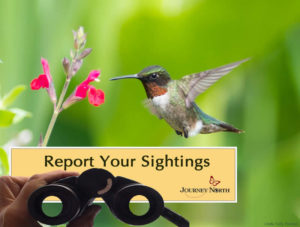
And while you are helping migrating hummingbirds you will also be helping migrating Monarch butterflies!
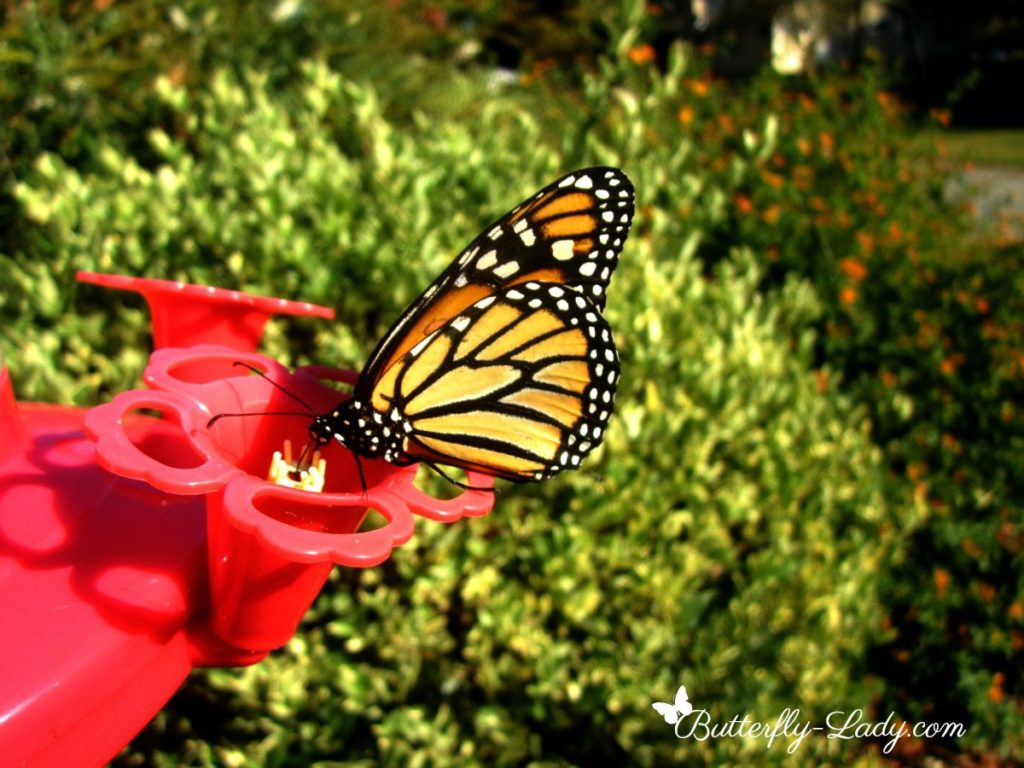
Here is my favorite hummingbird feeder.
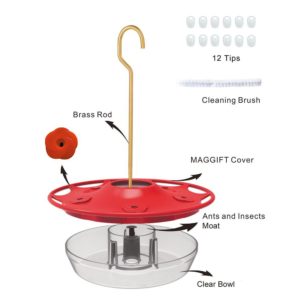
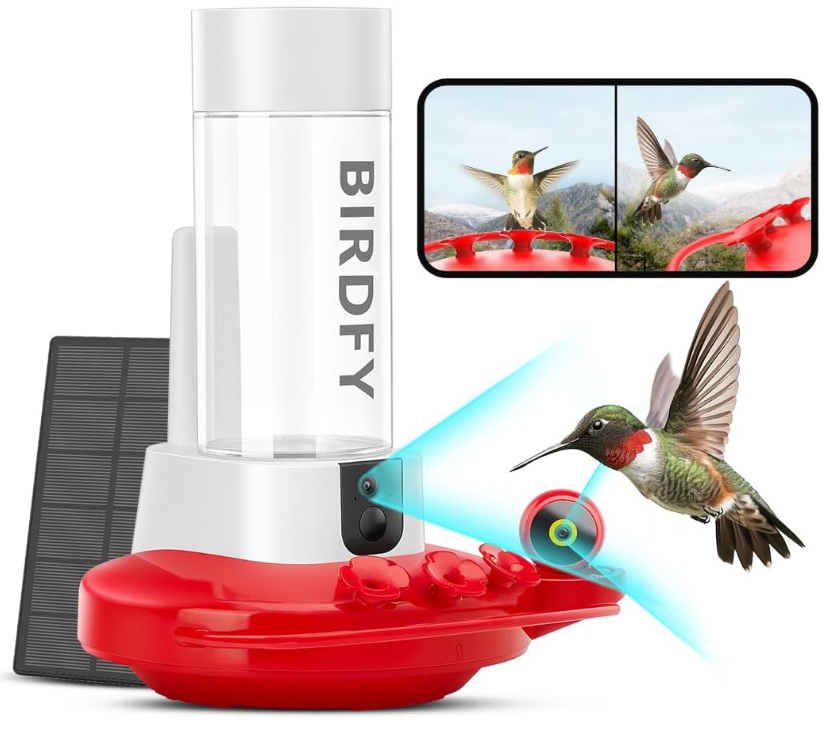
Here are five of my favorite hummingbird books.
Click on each photo or title for complete details.
